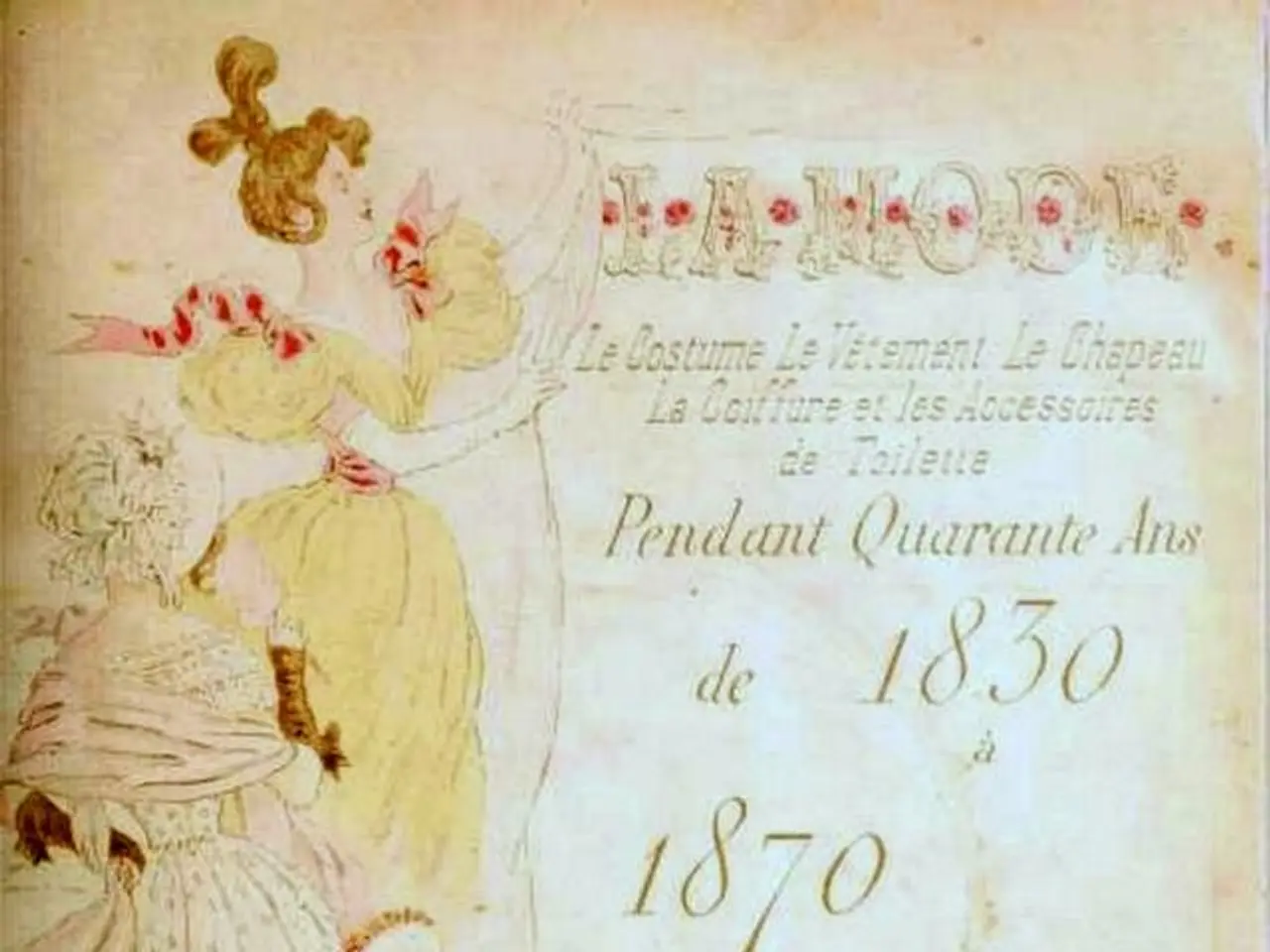Eye disturbances in individuals with bipolar disorder: Is there a potential link?
Bipolar eyes is a term that has surfaced to refer to potential changes in people's eyes during different mood swings associated with bipolar disorder. These changes can be noticeable in pupil size, eye brightness, and gaze, among other aspects.
When someone mentions bipolar eyes, they're often referring to symptoms that arise in conjunction with mania or depressive episodes. During manic episodes, people might notice dilated pupils, changes in eye color, or sparkling eyes, while during depressive episodes, constricted pupils, loss of eye light, and reduced direct gaze may be observed.
However, the science behind these associations is still developing, and most reports are anecdotal. further research is required to thoroughly understand the mechanisms linking eye changes and bipolar disorder.
It has been proposed that these eye changes could be linked to alterations in the autonomic nervous system and certain neurotransmitters, like norepinephrine, which play a role in the fight-or-flight response and control pupil size. In manic or hypomanic episodes, high norepinephrine levels may cause pupil dilation, while low levels in depressive episodes may result in pupil constriction. Apart from that, the dryness of the eyes, reduced facial expressions, or direct gaze during depressive episodes may also contribute to these changes.
Research also suggests that bipolar disorder might affect vergence and saccadic eye movements. Some studies show that people with bipolar disorder have less accuracy with vergence eye movements and an increase in saccades compared to individuals without bipolar disorder. Additionally, abnormal saccadic eye movements are a feature of some psychiatric conditions, such as schizophrenia.
People with bipolar disorder may also exhibit deficits in visual processing during mood episodes, as areas of the brain relating to sensory processes might be less active during those phases compared to euthymic states or people without bipolar disorder.
At present, there isn't enough evidence to diagnose bipolar disorder based on eye changes. Many factors can cause perceivable eye changes in people with or without bipolar disorder, like emotional states, sleep deprivation, or dry eyes. To diagnose bipolar disorder, doctors will conduct a physical exam, consider symptoms, medical history, and family history, and possibly refer individuals to mental health specialists if necessary.
In manic or hypomanic episodes, individuals with bipolar disorder might exhibit dilated pupils, changes in eye color, or sparkling eyes, contrasting the constricted pupils, loss of eye light, and reduced direct gaze often observed during depressive periods. These eye changes could potentially be linked to alterations in the autonomic nervous system and neurotransmitters like norepinephrine. However, the association between eye changes and bipolar disorder is still not fully understood, with more research required to establish clear mechanisms. Moreover, while bipolar disorder may impact vergence and saccadic eye movements, current research is insufficient to diagnose the disorder based solely on eye changes, as various factors can cause perceivable eye changes in both individuals with and without bipolar disorder.








